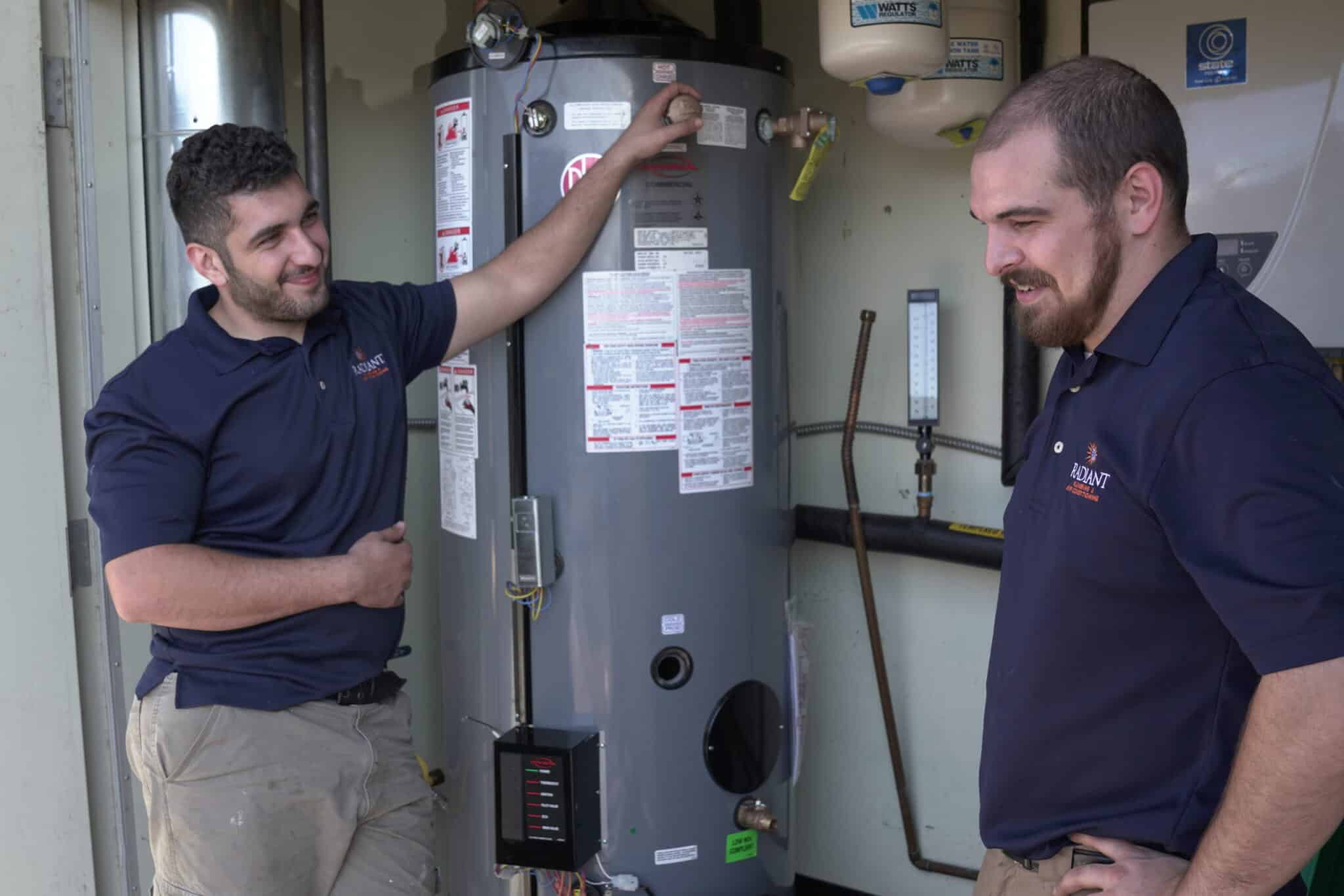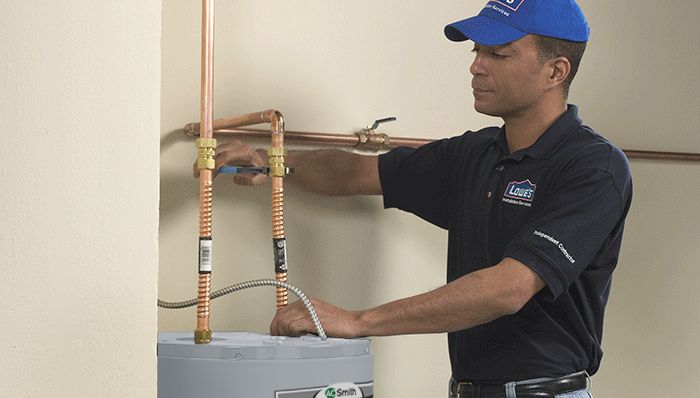Key Tips on Maintaining Your Home's Hot Water System
Key Tips on Maintaining Your Home's Hot Water System
Blog Article
We've noticed this article about Tips on Maintaining a Water Heater directly below on the web and believe it made perfect sense to quickly share it with you here.

Warm water is vital for daily comfort, whether it's for a rejuvenating shower or cleaning meals. To ensure your hot water system runs effectively and lasts longer, regular upkeep is crucial. This write-up supplies useful tips and understandings on exactly how to maintain your home's warm water system to stay clear of interruptions and costly fixings.
Introduction
Keeping your home's hot water system might appear complicated, however with a couple of easy steps, you can ensure it runs efficiently for many years ahead. This guide covers everything from comprehending your hot water system to do it yourself maintenance pointers and recognizing when to employ professional aid.
Significance of Keeping Your Hot Water System
Normal maintenance not just expands the life expectancy of your hot water system yet also ensures it operates effectively. Neglecting maintenance can result in reduced performance, greater energy bills, and also early failing of the system.
Indicators Your Hot Water System Needs Maintenance
Knowing when your hot water system needs attention can protect against major problems. Keep an eye out for signs such as irregular water temperature level, weird noises from the heating unit, or rustic water.
Understanding Your Hot Water System
Prior to diving right into upkeep jobs, it's handy to understand the fundamental parts of your hot water system. Usually, this consists of the water heater itself, pipelines, anode poles, and temperature controls.
Regular Monthly Upkeep Tasks
Normal month-to-month checks can help capture minor concerns before they intensify.
Flushing the Hot Water Heater
Purging your hot water heater removes sediment accumulation, enhancing performance and lengthening its life.
Monitoring and Changing Anode Rods
Anode rods avoid rust inside the storage tank. Checking and changing them when broken is critical.
Inspecting and Changing Temperature Settings
Adjusting the temperature setups makes certain optimal performance and safety.
DIY Tips for Maintenance
You can do a number of upkeep tasks on your own to maintain your warm water system in top condition.
Checking for Leaks
Routinely examine pipelines and connections for leaks, as these can lead to water damage and higher costs.
Examining Pressure Relief Valves
Evaluating the stress safety valve guarantees it works appropriately and prevents too much pressure build-up.
Insulating Pipes
Insulating warm water pipes decreases warm loss and can conserve power.
When to Call a Professional
While DIY maintenance is valuable, some problems need professional knowledge.
Complex Concerns Calling For Specialist Assistance
Examples consist of major leaks, electric issues, or if your water heater is consistently underperforming.
Regular Expert Maintenance Conveniences
Expert maintenance can consist of comprehensive evaluations, tune-ups, and ensuring conformity with safety criteria.
Final thought
Regular upkeep of your home's hot water system is necessary for effectiveness, long life, and expense financial savings. By complying with these tips and understanding when to seek specialist assistance, you can guarantee a trusted supply of hot water without unexpected disturbances.
How to Maintain an Instant Hot Water Heater
Before tinkering with your hot water heater, make sure that it’s not powered on. You also have to turn off the main circuit breaker and shut off the main gas line to prevent accidents. Also turn off the water valves connected to your unit to prevent water from flowing into and out of the appliance. 2. When you’re done, you have to detach the purge valves’ caps. These look like the letter “T†and are situated on either side of the water valves. Doing so will release any pressure that has accumulated inside the valves while at the same time avoid hot water from shooting out and burning your skin. 3. When the purge valves’ caps are removed, you have to connect your hosing lines to the valves. Your unit should have come with three hoses but if it didn’t, you can purchase these things from any hardware or home repair shops. You can also get them from retail stores that sell water heating systems. Read the user’s manual and follow it to complete this task properly. When the hosing lines are connected, open the purge port’s valves. 4. You should never use harsh chemical cleaners or solutions when cleaning your unit. Make use of white vinegar instead. It should be undiluted and you’ll probably use about 2 gallons. 5. Now flush your water heater. This task should probably take about 40 minutes. We can’t give you specific directions for this because the procedure is carried out depending on the type, model and brand of your heater. With that being said, refer to the user’s manual. 6. When you’re done draining the unit, you have to turn off the purge port valves again. Remove the hosing lines that you earlier installed on each of the water valves. Put the valve caps (purge port) back in their respective places and be very careful so as not to damage the rubber discs that are found inside these caps. 7. Now that everything’s back in place, check your user’s manual again to find out how to reactivate your water heating system. 8. Once it is working, turn one of your hot water faucets on just to let air pass through the heater’s water supply pipes. Leave the tap on until water flows smoothly out of it. https://www.orrplumbing.com/blog/2014/september/how-to-maintain-an-instant-hot-water-heater/

Do you enjoy more info about How to Maintain Your Water Heater & Prolong its Life? Try leaving feedback below. We'd be delighted to find out your feelings about this write up. Hoping that you come back again before long. Don't hesitate to take the time to distribute this blog entry if you enjoyed it. We thank you for your readership.
Contact Us Report this page